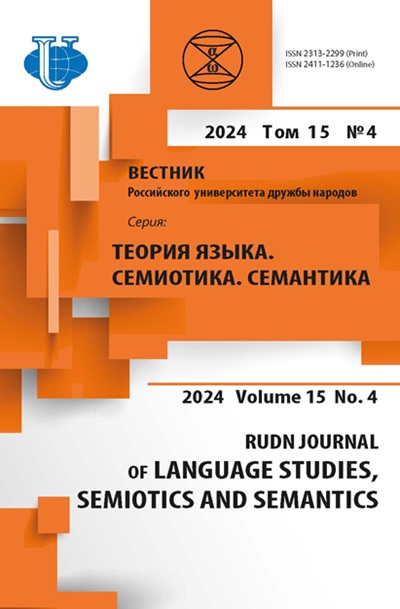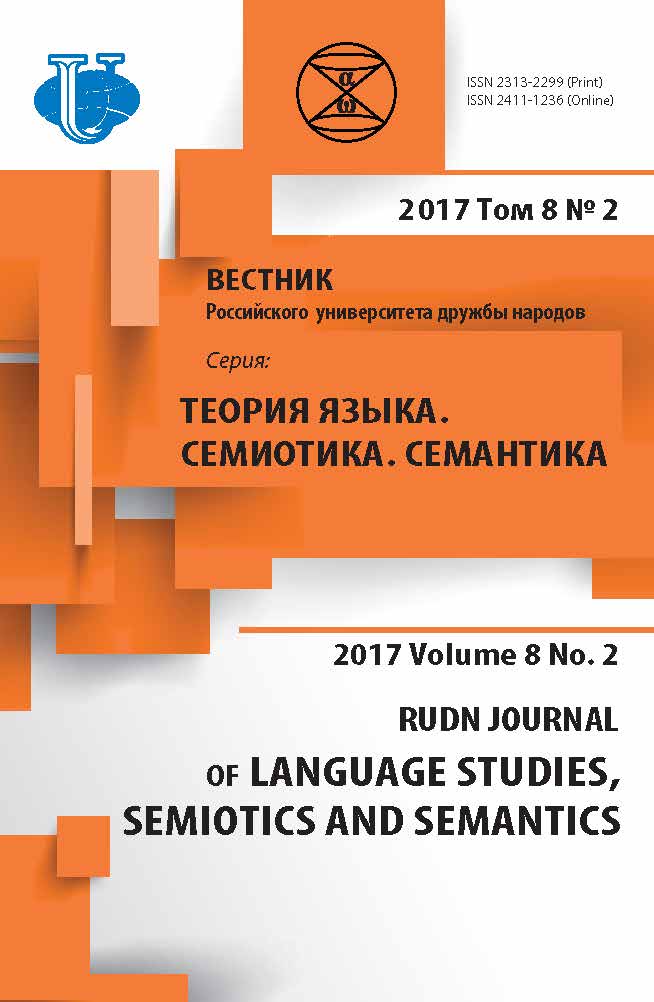Семантические особенности числительных в армяно-кыпчакском памятнике «СУДЕБНИК» («ТӨРЕ БІТІГІ»)
- Авторы: Шаймердинова Н.Г.1, Жиембай Б.С.1
-
Учреждения:
- Евразийский национальный университет им. Л.Н. Гумилева
- Выпуск: Том 8, № 2 (2017)
- Страницы: 280-292
- Раздел: Статьи
- URL: https://journals.rudn.ru/semiotics-semantics/article/view/16336
- DOI: https://doi.org/10.22363/2313-2299-2017-8-2-280-292
Цитировать













